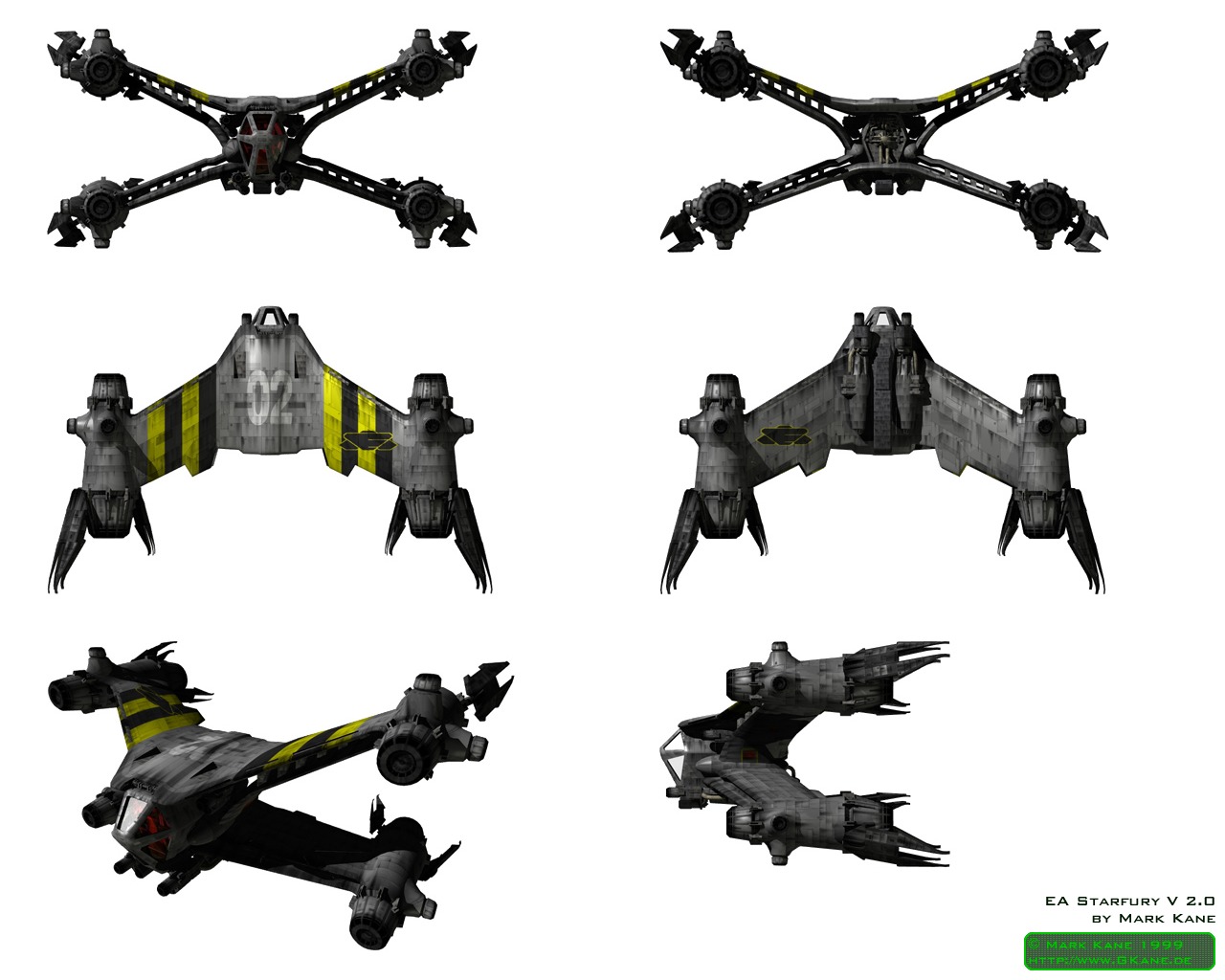To be fair, in the Mass Effect universe there is a fair deal of segregation between the Codex and what we see on screen. The battles that we see have things like slow projectiles and close range fights because that's what we expect. When you read the Codex, you see that they mention that most fights happen at ranges of hundreds of thousands or even millions of kilometers; close range is measured in tens of kilometres. It's obvious that the guys at Bioware have done a lot of research and have invested a lot of time into working out how space warfare could work.rcs619 said:Oh yeah, Mass Effect certainly as a good grasp on its own in-setting logic. Heat build-up and dissipation would actually be quite an important thing to consider on realistic starships as well.bl4ckh4wk64 said:Frankly I've always thought Mass Effect had a pretty good grasp of space combat surrounding their universe besides the whole "Reapers can just ram through everything" answer. If you read the codex, you actually learn a whole lot more about the use of bombers, frigates, cruisers, and larger warships like the dreadnoughts. I actually found it pretty enthralling.
However, the Mass Effect universe and space-combat within it, is very much sci-fantasy themed. Ships lob extremely slow (able to be followed by the human eye) projectiles at each other from visual range. It makes for some really great visuals, but it's not really a realistic view of what space-combat might be like in real-life.
Also, if you think about it, Reapers are terrible as warships. They one-shot things, sure... but they only have three guns (the two main guns and then the big fixed-gun they have where their tentacles merge, all of which are basically facing front. They don't even seem to have any sort of point-defense guns, or smaller guns to hit smaller ships. They just kind of... float around, occasionally shooting at ships, which they one-shot, to be fair. Really makes me think that being warships was not their primary role, and that it was something they just adapted their forms to do. The only reason they do as well as they do is because they shrug off anything that hits them.
I will admit that the idea behind the reapers' guns is pretty damn creative though.
In my opinion, it's more likely that rather than having warships in space, spacecraft, even FTL ones, will simply carry troops and the like to planets.
EDIT: Ooh, also, the thing about Reaper guns only facing front? I don't know how good of a justification this is, but Reapers can turn around far faster than any other ship. In the first game, Joker mentions how Sovereign makes a turn that 'would shear any of our ships in half.'

